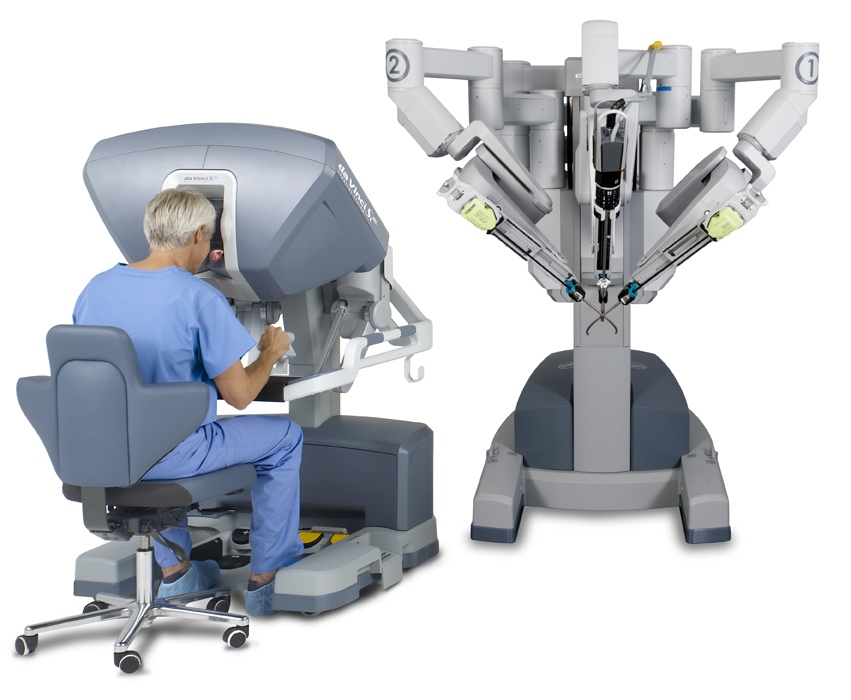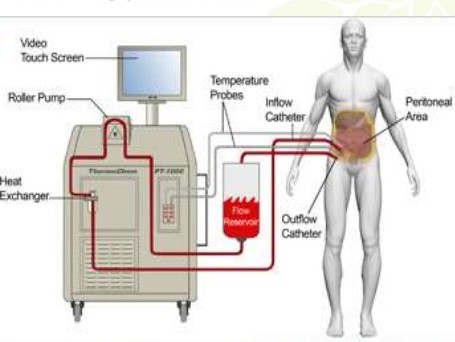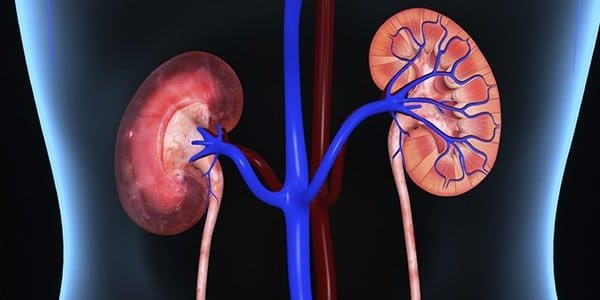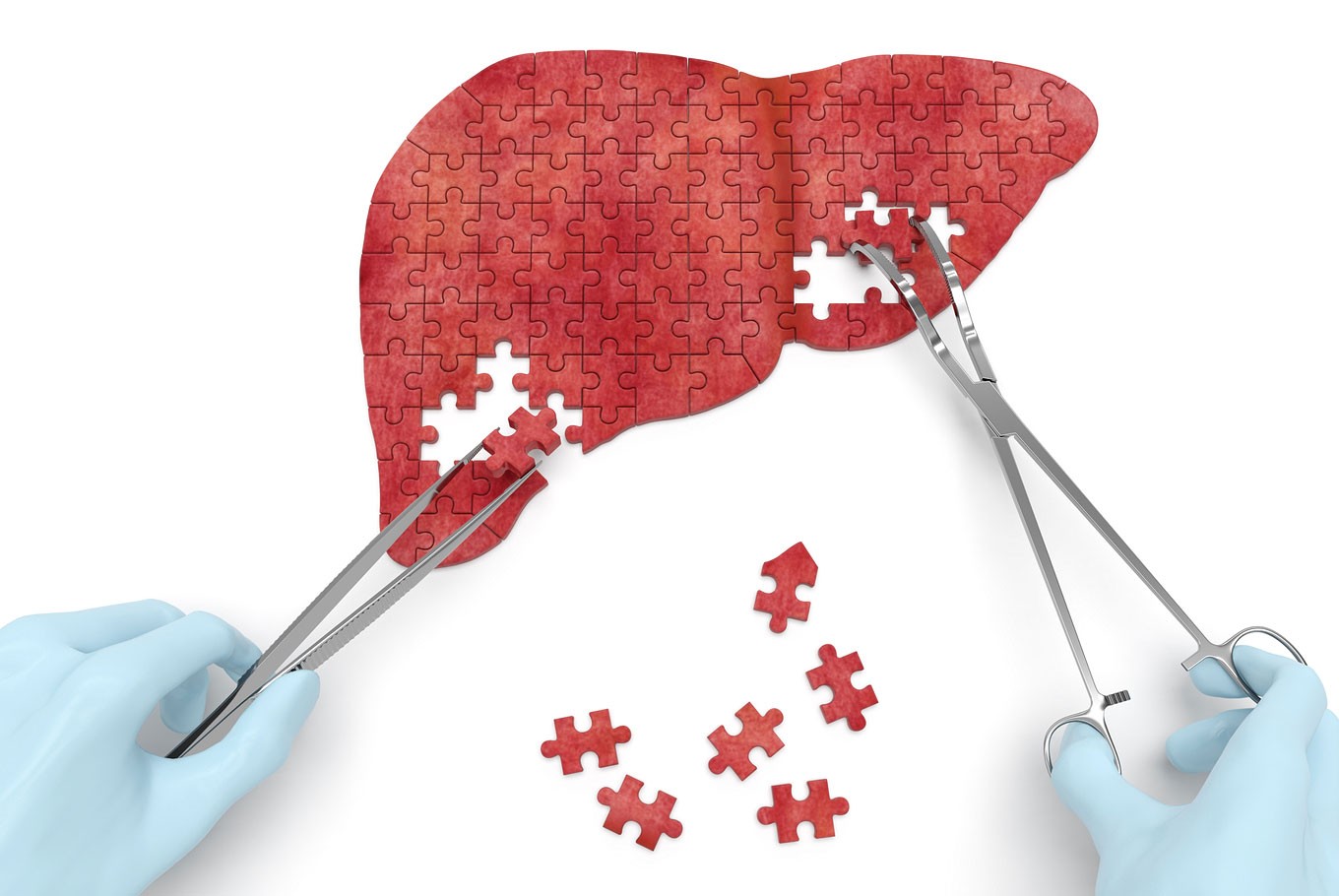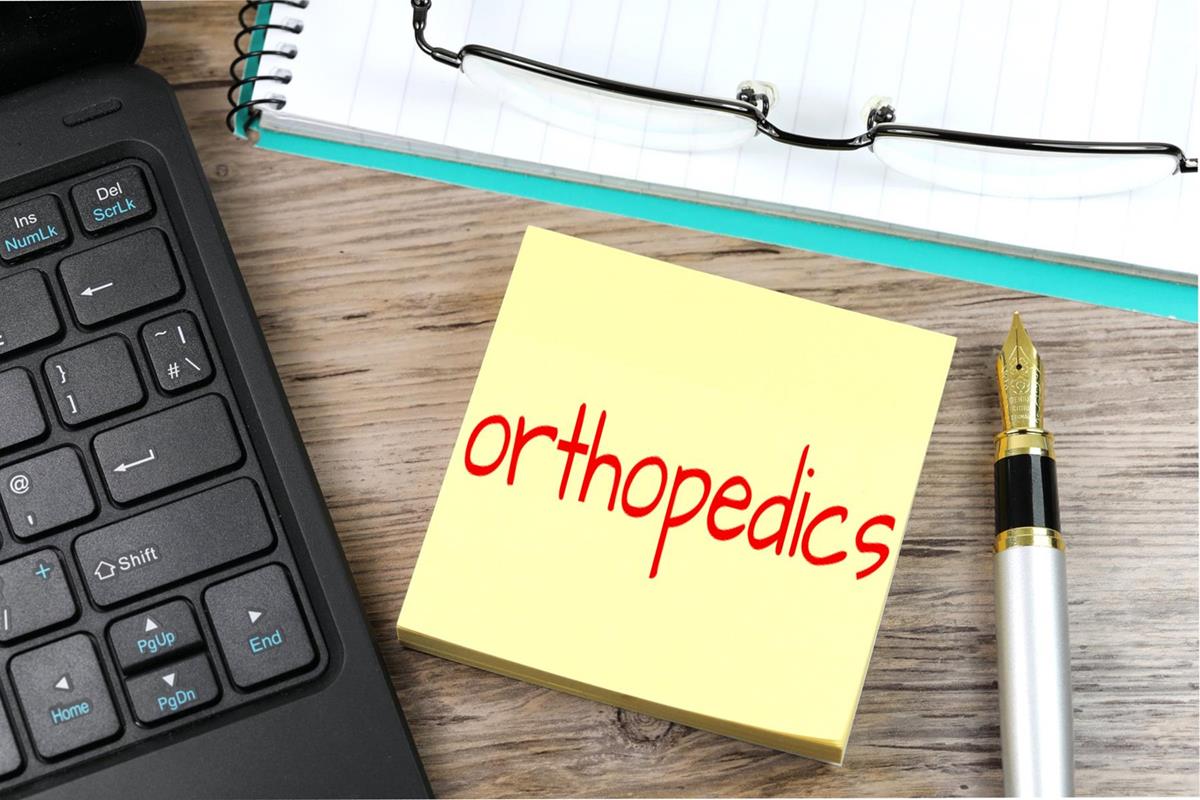Kidney tumours are increasingly detected in patients having investigations for unrelated symptoms. Currently, it is not possible to tell whether a tumour is benign or cancer by a scan, blood or urine test. Most patients diagnosed with a kidney tumour are offered surgery, but this carries serious risks. Most side effects of biopsies (discomfort, bruising and blood in the urine) resolve without treatment. Nearly 6 in 10 kidney tumours are benign or are low grade (59%), meaning that they are unlikely to cause harm. This means that over half of patients can potentially avoid surgery if they have a biopsy. Currently, access to biopsies is not equal across the UK. We want to find out what the barriers are and what action is required to offer a tumour biopsy service to all patients to help guide treatment decision and improve outcomes.





